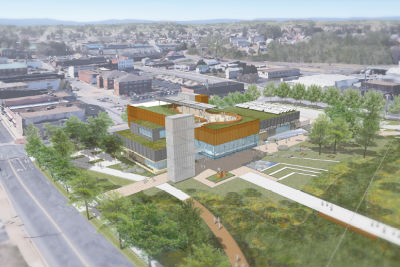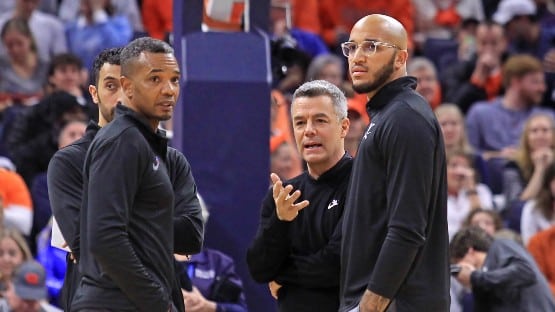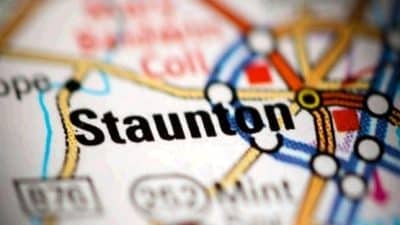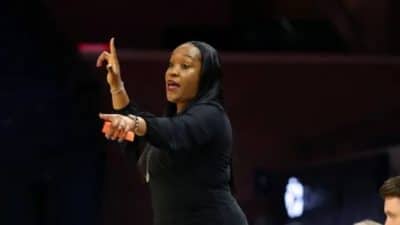
Funding for the design of the Virginia Museum of Natural History campus in Waynesboro has been included in the state budget, which will allow the museum to move forward with design work for the new museum facility.
“This is an exciting milestone in the museum’s pursuance of a permanent presence in the Blue Ridge and Shenandoah Valley region,” said Faye Cooper, chair of the VMNH Board of Trustees’ Waynesboro Advocacy Committee. “With this bill, VMNH is now able to move beyond the conceptual design stage of a new museum facility in Waynesboro, to the development of detailed designs.”
To be located at the corner of West Main Street and Arch Avenue in Downtown Waynesboro, VMNH-Waynesboro will contain approximately 20,000 square feet of exhibits, classrooms, and visible laboratories, as well as a planned green roof overlooking South River and the Blue Ridge Mountains.
“The Waynesboro campus will highlight many of the characteristics that make the Blue Ridge and Shenandoah Valley a truly distinctive region,” said Dr. Joe Keiper, executive director of the museum. “Particular focus will be placed on the region’s ecology, paleontology, and cultural history, as well as the springs that make the South River the state’s greatest urban trout fishery.”
Not only will the new museum campus highlight the rich natural history and biodiversity of the region, it will also serve as an important educational asset for all Virginians and an anchor institution in the revitalization of Downtown Waynesboro.
“A campus of the Virginia Museum of Natural History in Waynesboro is a huge step in redefining our landscape,” said Greg Hitchin, director of economic development and tourism for the City of Waynesboro. “Strategically located adjacent to the planned South River Preserve, the museum will provide a unique educational and recreational experience for citizens and visitors, while providing jobs and supporting small business.”
Museum officials say the development of detailed design is an 18-month process that will include the input of numerous stakeholders.
“Throughout this effort to bring a museum campus to Waynesboro, VMNH leadership has worked closely with regional educators, colleges and universities, and conservation organizations to receive input on how a museum presence can be most beneficial to this region,” said Len Poulin, VMNH Foundation board member and member of the Center for Coldwaters Restoration board of directors. “We will continue to work with community members throughout the detailed design process to ensure that the museum is a true asset for the entire region.”
The idea for establishing an interpretive center focused on natural resources can be traced back to the first Virginia Fly Fishing Festival, initiated by Waynesboro Downtown Development Inc. in 2000. It is a direct outgrowth of their vision and significant contributions from the Shenandoah Valley Chapter of Trout Unlimited and Dominion Energy to build the education pavilion in Constitution Park, as well as the tireless efforts of the Center for Coldwaters Restoration, a volunteer citizen group formed in 2010.
VMNH is the state’s museum of natural history, dedicated to interpreting the natural and cultural heritage of the Commonwealth in a way that is relevant to all citizens.
For more information about VMNH-Waynesboro, visit www.vmnh.net/projects/waynesboro-campus.










